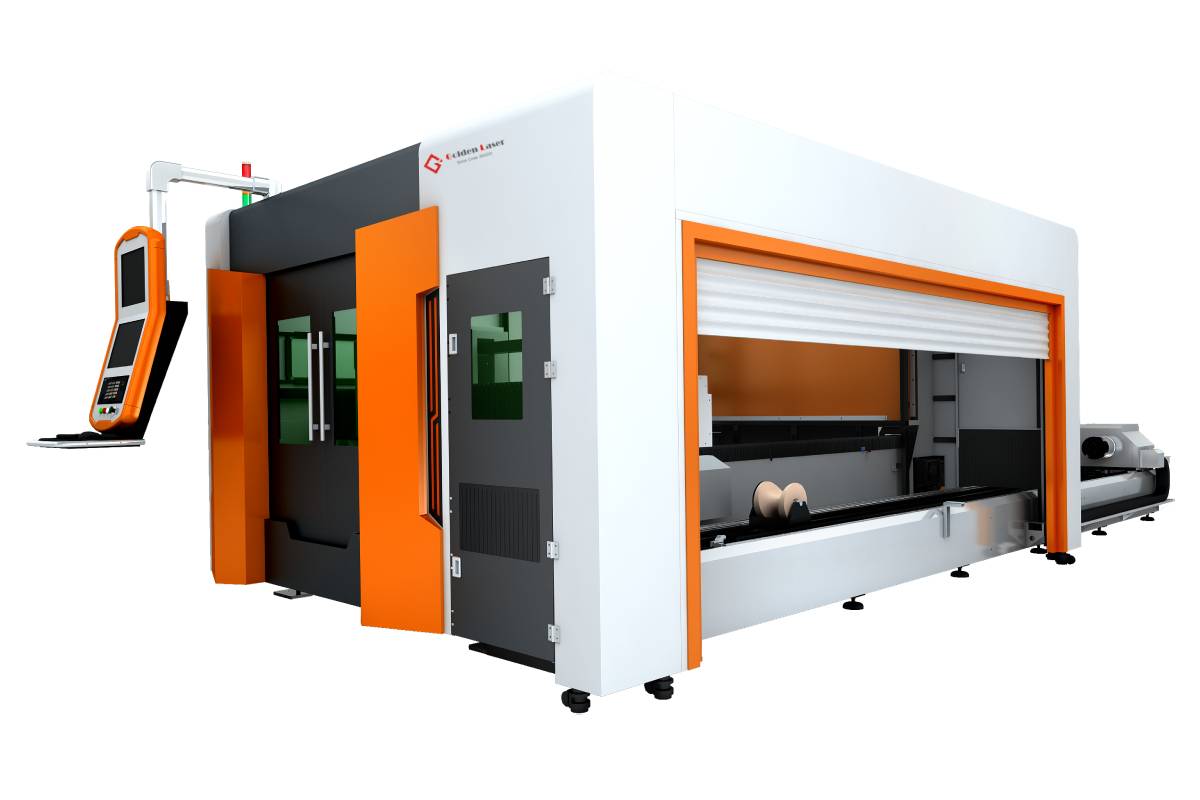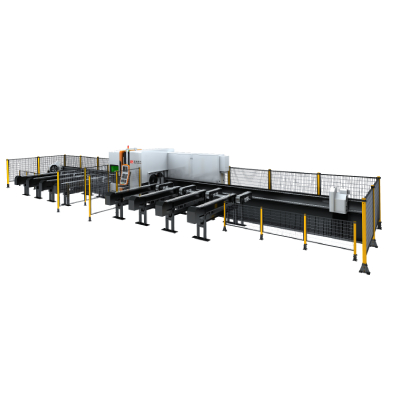[ Laser Cuting Machine For Steel]Exploring the Advantages and Applications of Laser Cutting Machines for Steel in Modern Manufacturing
In the world of manufacturing, precision and efficiency are paramount. One technology that has transformed the landscape of metal fabrication is the laser cutting machine for steel. This innovative machinery utilizes high-powered lasers to cut through steel with exceptional accuracy, speed, and versatility. As industries evolve, the demand for intricate designs, tight tolerances, and efficient production processes has made laser cutting an essential tool for fabricators and manufacturers alike. In this article, we will explore the advantages of laser cutting machines for steel, their applications, and how they are shaping the future of manufacturing.
Laser cutting machines function by directing a concentrated beam of light onto a steel surface. This highly focused laser beam generates intense heat, which melts or burns the material, allowing for precision cuts. Unlike traditional cutting methods—such as plasma cutting, waterjet cutting, or mechanical cutting—laser cutting can achieve intricate shapes and designs without compromising the integrity of the material. The result is cleaner cuts, reduced waste, and less post-processing work.
One of the significant advantages of laser cutting machines for steel is their precision. The laser beam’s diameter can be as small as a few microns, making it possible to cut complex geometries and fine details that other cutting methods struggle to achieve. This level of accuracy is particularly beneficial for industries that rely on tight tolerances, such as automotive and aerospace manufacturing.

Exploring the Advantages and Applications of Laser Cutting Machines for Steel in Modern Manufacturing
Additionally, laser cutting is highly efficient. The speed at which a laser cutting machine operates far exceeds that of traditional methods. This efficiency translates to faster production times, allowing manufacturers to meet growing demands without sacrificing quality. Moreover, laser cutting machines can operate continuously, minimizing downtime and maximizing productivity. This is particularly advantageous for businesses needing to scale up production or respond to fluctuating market demands rapidly.
Another significant benefit is the versatility of laser cutting machines for steel. They can cut various thicknesses of steel, from thin sheets to thicker plates, making them suitable for a wide range of applications. Industries such as construction, signage, and art fabrication commonly use laser cutting machines for steel. These machines allow artists and designers to bring their visions to life by cutting intricate designs into metal, creating unique and visually appealing pieces.
Moreover, the adaptability of laser cutting technology extends to the materials it can cut. While primarily used for steel, laser cutting machines can also work with various metals, such as aluminum, brass, and stainless steel, as well as non-metal materials like wood, acrylic, and plastic. This versatility not only increases the value of a laser cutting machine but also enhances a manufacturer’s capabilities by allowing for diverse production runs.

Exploring the Advantages and Applications of Laser Cutting Machines for Steel in Modern Manufacturing

Exploring the Advantages and Applications of Laser Cutting Machines for Steel in Modern Manufacturing
Environmental considerations also play a significant role in the adoption of laser cutting machines for steel. The process itself generates minimal waste, as the laser cuts material with precision, leaving little to no scrap. Additionally, many laser cutting machines are designed to be energy-efficient, reducing their carbon footprint in industrial settings. This commitment to sustainability is increasingly important as businesses look to meet regulatory requirements and consumer expectations.
Furthermore, advancements in laser technology have led to the development of fiber laser cutting machines. These machines boast even greater efficiencies, cutting faster and with less power consumption than traditional CO2 lasers. Fiber lasers are especially effective for cutting reflective materials, broadening the range of applications for laser cutting technology.
The impact of laser cutting machines on industries cannot be overstated. They have revolutionized how manufacturers approach production, allowing for greater creativity, efficiency, and precision. As technology continues to evolve, we can expect further innovations in laser cutting that will enhance its capabilities and applications.
In conclusion, the laser cutting machine for steel is a critical asset in today’s manufacturing landscape. Its advantages, including precision, efficiency, versatility, minimal waste, and sustainability, make it irreplaceable for many industries. As businesses aim to meet the demands of an increasingly competitive market, investing in laser cutting technology could be the key to unlocking new opportunities for growth and innovation. The future of manufacturing is undoubtedly bright, and laser cutting will continue to play a pivotal role in shaping it. Laser Cutting Machine For Nameplate
